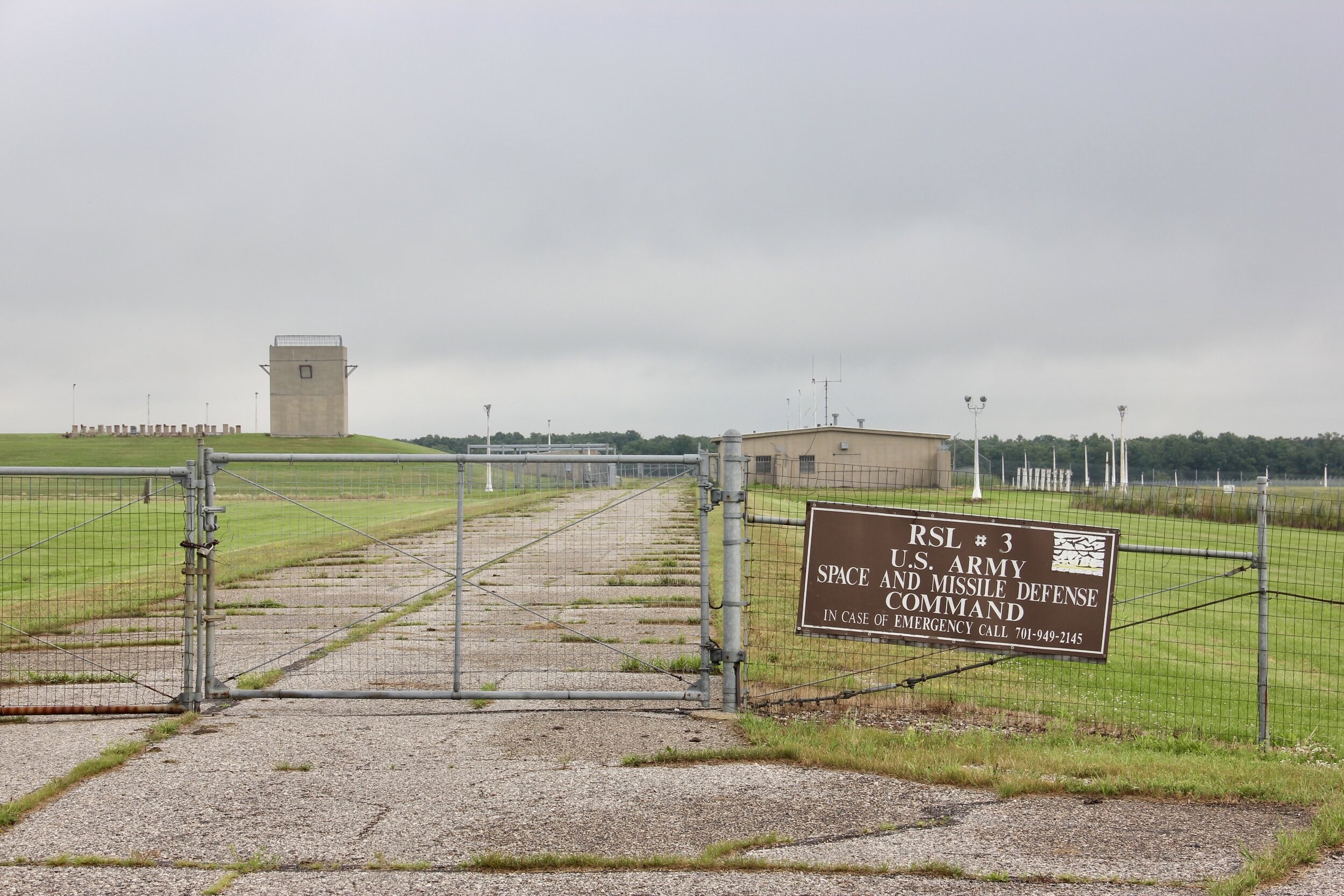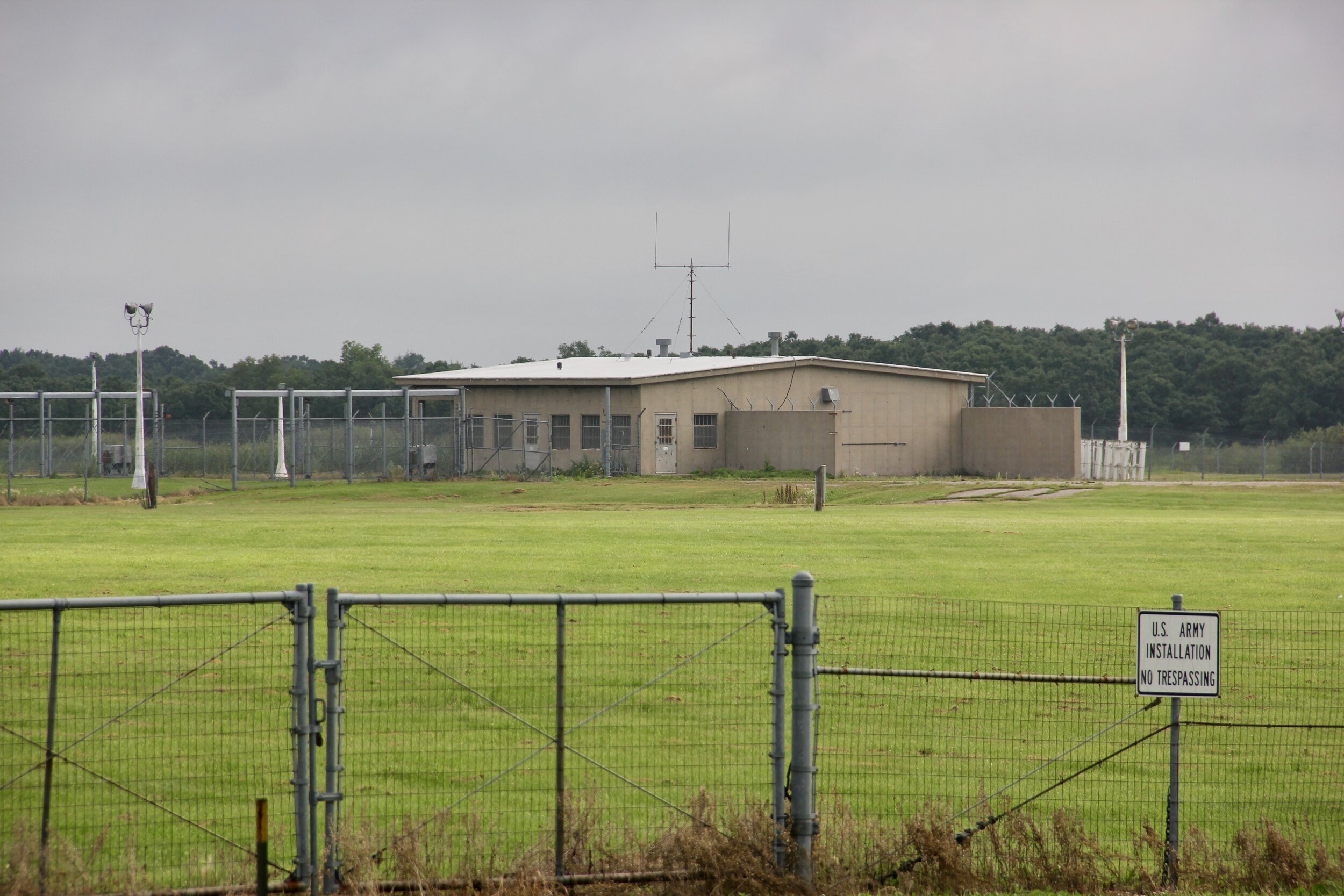
Remote Sprint Launch (RSL) Site - Langdon, ND

Remote Sprint Launch (RSL) Site - Langdon, ND

Sprint missile field.

US Army photo

Portal to RLOB, note weapons clearing barrel to the right.